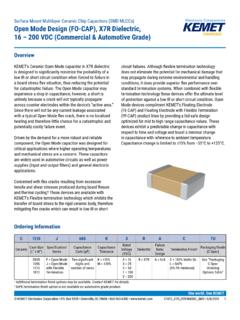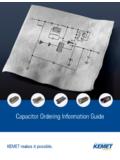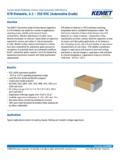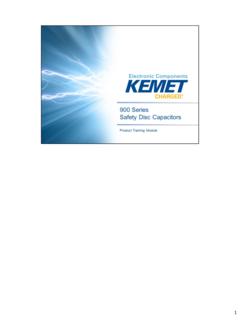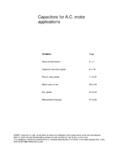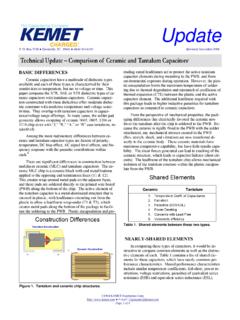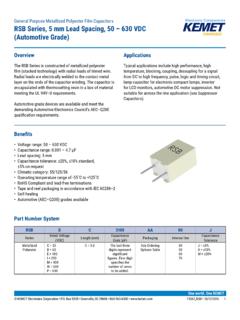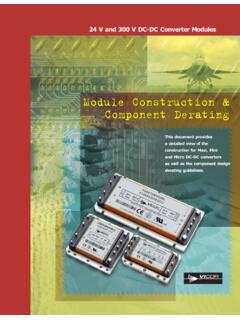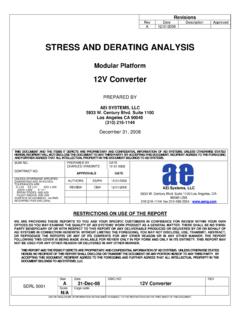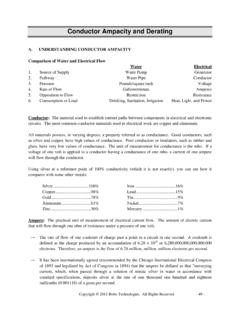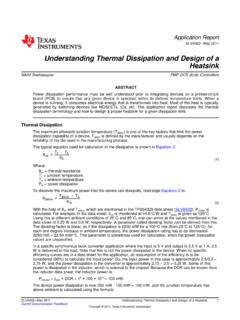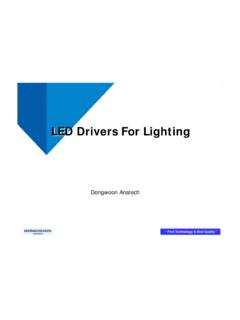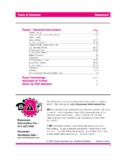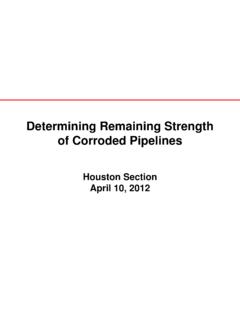Transcription of Voltage and temperature derating guidelines are important ...
1 1 Voltage and temperature derating guidelines are important factors to consider when selecting a tantalum capacitor. Understanding what conditions allow for optimal performance and reliability eases the complexity involved in selecting components that will meet the expectations of the end product. In this session, we will explain the reasons for derating tantalum capacitors as well as provide guidance on how to follow KEMET s derating guideline tables. 2 So, why do I need a 50V rated capacitor for my 24V power rail?
2 The answer is that you can indeed use a surface mount tantalum capacitor at or near its rated Voltage with the understanding that the failure rate at this Voltage condition will typically be between and per one thousand hours of operation. In addition, the user can expect to see increases in initial power on failure rates following board mounting. Most applications cannot accept this rate of failure however. So, to improve the reliability of the device, KEMET recommends designers follow the derating guidelines outlined in this module.
3 3 Note that while factors such as temperature , circuit impedance, ripple, and mechanical stress can play a role in reliability, no single factor has more of an impact on the reliability of a tantalum capacitor than the applied Voltage . derating will improve the long term reliability of the device as well dramatically improve the initial power on performance. Let s review how derating improves these areas of performance. 4 Borrowing the FIT calculation from Mil-Handbook-217F , we see that the final failure rate is multiplied by several environmental and electrical factors.
4 The most dominating is the Voltage factor as in this calculation. The calculation of the temperature and Voltage factors are shown with tables for typical values. The highest factor for the temperature at 125 C is , or at 125 C, the failure rate is times the failure rate at 25 C, because of the temperature . For the Voltage , because the exponential factor is 17, the failure rate multiplier increases exponentially as the Voltage exceeds 60%. It still has a near unity factor at 50% rated Voltage , but the failure rate doubles at 60%, jumping to a multiplier of at 70%, 134 at 80%, and close to 1000 at 90%.
5 For this capacitor type, exceeding the recommended derating Voltage can lead to very high failure rates. 5 6 Now let us assess the impact of derating to improve initial power on performance. Consider a distribution of breakdown Voltage for a specific manufacturing lot of product that has been assembled. To ensure the best possible screening, KEMET s components are 100% thermally and electrically surge stressed prior to 100% electrical screening. The application of thermal and electrical stresses to the device will alter the breakdown distribution.
6 Our objective of applying these stresses to the components is to exercise the construction of each device in order to identify weaker parts that would not meet the minimum standards at 100% electrical screening. During Kemet s 100% electrical screening, a portion of the manufactured lot may not pass the screening limit. The tail of the distribution that falls below the screening limit is removed from the lot. 7 Packaged components consist of product with a truncated distribution. In this current condition, the product can withstand voltages up to the screening limit (typically rated Voltage ).
7 8 Board mounting will thermally stress the devices once more. This final exercising of the components will redefine the distribution once again, resulting in some parts with breakdown voltages that are below the initial screening limit. As the application Voltage gets closer to the screening limit, an increase in failure rate may be experienced. However, by following Kemet s Voltage derating guidelines , this risk can be reduced or eliminated all together. Now that we understand the need for derating , let s review the derating tables.
8 Shown here is one of KEMET s derating guideline tables which compares the percentage of applied rated Voltage to the temperature . This table can be found in most every KEMET surface mount tantalum specification sheet. Let s take a few minutes to understand these tables by reviewing the terms and definitions for temperature and Voltage derating . 9 First, let s define the rated temperature and rated Voltage of a component. The rated temperature of a component is the maximum temperature at which the device can be used without lowering the Voltage rating of the component.
9 It is often lower than the category temperature , but can be equal. The rated Voltage of a component is the maximum peak DC operating Voltage for continuous operation, up to the rated temperature . Rated Voltage is the labeled Voltage of the device. In this Example a 50 volt rated cap would still be considered 50 volts up to 85 degrees Celsius. 10 Next we will define the category temperature and category Voltage . The category temperature is the maximum recommended operating temperature of the device. To exceed the category temperature is to exceed the temperature capability of the component.
10 The category Voltage is the maximum recommended peak DC operating Voltage for continuous operation at the category temperature . In this Example our 50 volt rated cap would now be considered 33 volts at 125 degrees Celsius. 11 Now we will factor in a recommended Voltage derating to optimize reliability up to the rated temperature . A component s recommended application Voltage up to rated temperature is the recommended steady state operating Voltage for continuous operation and optimal reliability at rated temperature .
